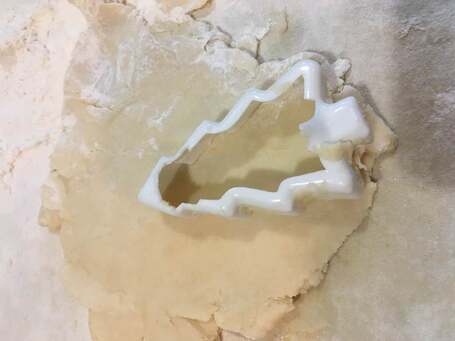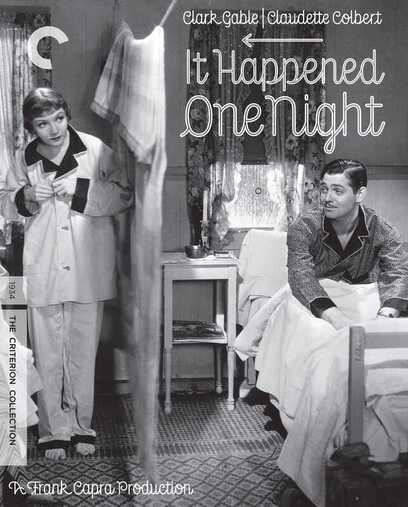I fell in love with my stove five years ago.
And now, it’s gone.
I mooned over this gas appliance almost as soon as when I walked into the Oregon house that became our home. Plain white—not that polished stainless steel that everyone but me seems to adore—and the opposite of swanky in every other way, it nonetheless had a certain panache.
For instance, there were all sorts of matching white knobs on the back splash that looked and felt like Bakelite, including one that was a timer and another used to turn the oven temperature up and down. There was even a small old-fashioned clock with little red hands that worked.
Nothing was digitized.
But mostly, I loved this stove because it was a reliable workhorse.
I make dinners from scratch and I also bake. This stove took me up on everything I offered—whether that meant a vintage casserole with canned cream of mushroom soup and grated cheddar cheese on top; a sheet-pan recipe for chicken and herbs, or a maraschino cherry cake. The broiler was odd because it wasn’t in its own bottom drawer: instead, there was a compact coiled up concoction attached to the oven ceiling. But it, too, performed with finesse, especially when I was jonesing for cinnamon toast.
But over time, and like all vintage stuff, I began to notice new dings and dents.
The timer stopped working and the clock wasn’t as accurate as it had once been. The oven light went kaput, but the bulb to replace it was no longer being made. Also, and now more often than not, the flames under the burners weren’t evenly distributed. Indeed, I’d occasionally have to light a match to get one to work.
But despite these irritations, the stove continued to do what I needed it to do.
Also, I never give up until I’m absolutely forced to.
That finally came when I suddenly couldn’t close the oven door. A closer look revealed that a hinge had snapped.
The Hubster tried to put that part back in place but he didn’t have the tools to do so.
After a few weeks of looking and making calls—thank goodness, we have a small air fryer that doubles as an oven--we found a replacement hinge at a warehouse in the Midwest.
But it was the only part still being manufactured for this stove, which was considered obsolete even though this model debuted in 1994. So, if anything else went out, which was more likely than not, we’d be stuck. Also, the hinge alone carried a price tag of over $100. Adding shipping and installation could very well double the cost.
I went into a bit of a grieving process.
Nonetheless, the next step was clear. It was time to buy a new stove.
Going online, I found one made in the United States that could work. It also came in various colors and I settled on the pale, icy blue hue. This stove would fit perfectly in our blue and white kitchen! We drove to the family owned appliance store in town that carried the model. I was very excited until the price was revealed: $5,300, not including the costs of unhooking and removing the old stove and installing the new one.
But then, and nearly hidden at the end of the new stove aisle, I saw what had surely been waiting for me all along--
a simple white stove.
While the model was brand new, it was also basic in a 2024 kind of way.
Compared to my unworkable stove, the knobs didn’t weigh as much and there were also less of them. In fact, temperature control, as well as the clock and oven light and a bunch of other things, were all digitized. Also, instead of individual cast iron grates for each burner, this stove had one heavy, black grate that rested on the entire top of
the stove.
So, while it wasn’t my first pick, we ordered it. After all, the model had everything I needed, and was also about one-fifth the price of the icy blue one. We got lucky on the timing, too: one week later, the stove was in place, the centerpiece in our kitchen.
How much do I love this new stove and barely remember my old one?
A lot.
The burners literally ignite in one second, with the flame perfectly even all of the way around. There’s also an extra burner, oblong-shaped and in the center, that’s meant for grilling. And thanks to its digital features, my desired oven temperature is now exactly on the mark, with the stove even making a little ding sound that happens once the heat gets to where I programmed it to be. Also, the window looking into the oven is much larger than the one on my old stove.
And, I can’t forget to mention the oven light.
Given the years I’d been without one, I’d forgotten that such a feature even existed. In fact, I was so delighted that when I turned the light on for the first time, I think I yelped a little and maybe even clapped my hands.
A great many folks, especially women, seem to get their retail therapy from new clothes or purses or shoes.
That’s A Very Good Thing, but my truth is this.
I’ll take a brand new stove any day.












 RSS Feed
RSS Feed
